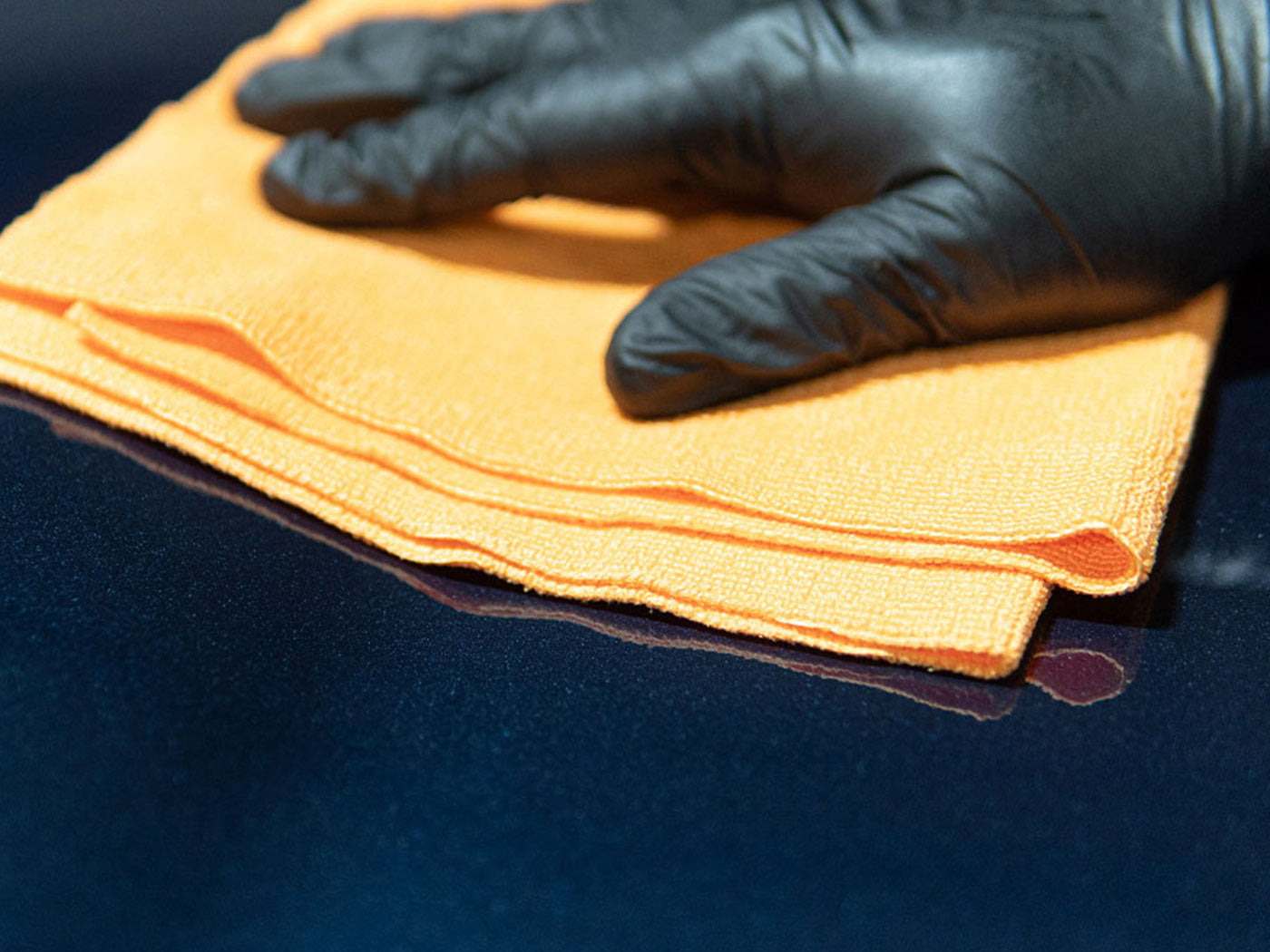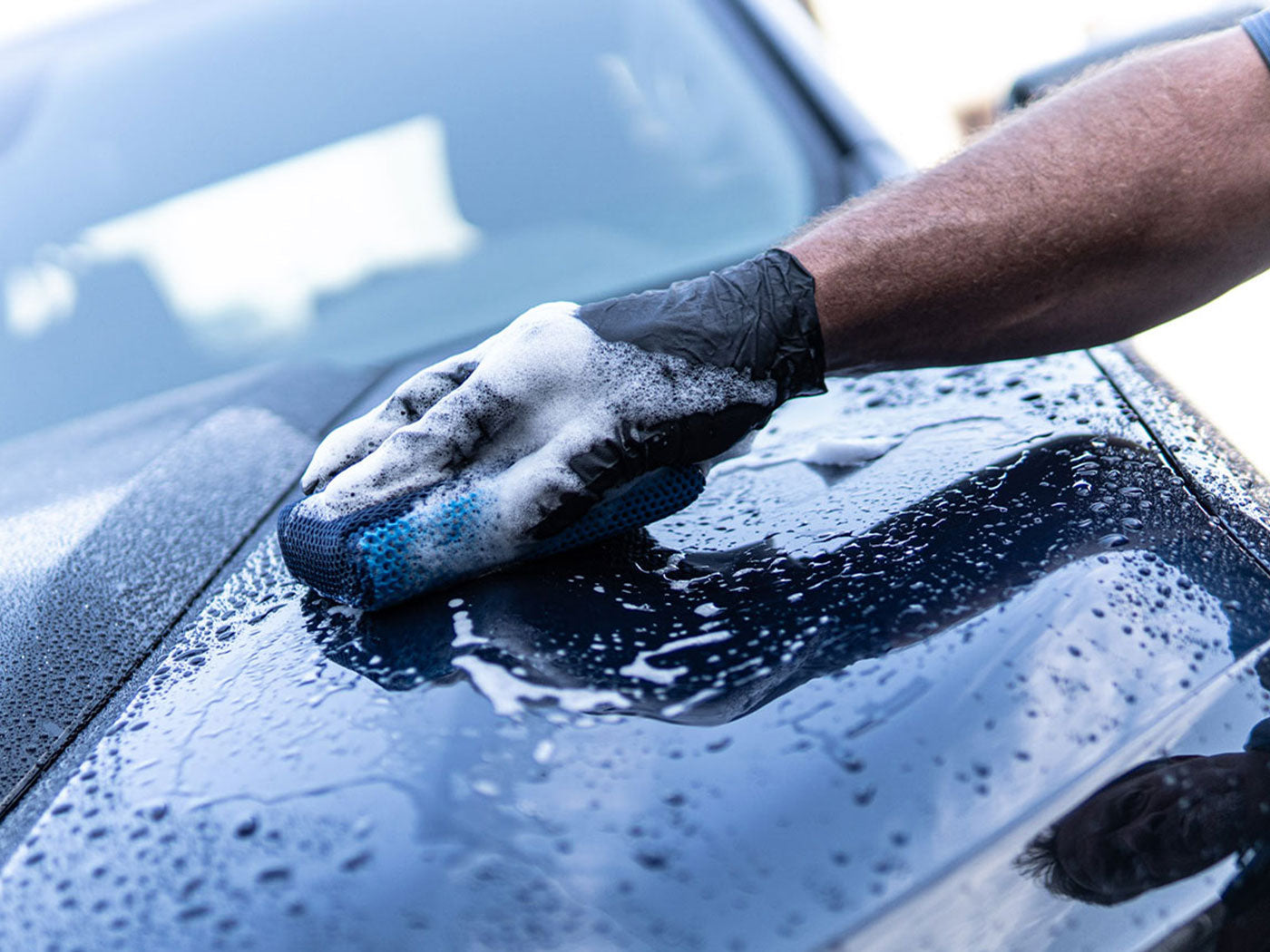What are Key Steps Involved in Car Detailing?
Car detailing is an extensive process that goes beyond a simple car wash to make a vehicle look impeccably clean both inside and out. It's a thorough cleaning process that ensures every nook and cranny of the car is polished, restored, and finished to look as close to new as possible. Here's a detailed breakdown of the key steps involved in car detailing.
Step 1: Prep the Car
The first step in the detailing process is preparing the car for a deep clean. This involves removing any large trash and debris from the interior, trunk, and engine compartment. Using an air gun, blow debris from under the seats to the rear of the vehicle to make vacuuming more effective. Special attention is given to pet hair removal before humidity from other washing and cleaning can make the task more difficult. Pre-spotting stains with an enzyme carpet cleaner can also help in breaking down tough spots for easier cleaning later.
Step 2: Exterior Wash
The exterior wash is more than just soap and water. It starts with prepping the surface with an all-purpose cleaner and wheel cleaner, ensuring that these surfaces are cool and wet to avoid damage. Apply degreaser to the engine compartment from all three sides (see H-Pattern) to tackle grease and grime effectively. After pressure washing all surfaces, including the engine compartment, use a blow gun to dry the engine compartment before dressing it with a water-based dressing. The body of the car is then washed with a quality mitt or brush and thoroughly dried using a squeegee, blow gun, or clean soft towel to prevent water spots.
Step 3: Interior Cleaning
Interior cleaning is methodical, starting from the driver's area and working counter-clockwise around the interior. This ensures that each seat and its surrounding area are completed before moving on. Cleaning starts from the top down, from visor/headliner to carpet/floor, to avoid dirtying clean areas. Each section is dressed as soon as it's cleaned to protect and enhance the interior surfaces. Window interiors are cleaned with a designated glass-cleaning towel, and the trunk and spare tire areas are addressed last to ensure a comprehensive clean.
Step 4: Exterior Paint Correction
This step is crucial for restoring the vehicle's shine and addressing any imperfections in the paint. It involves removing sap, tar, and adhesives followed by clay bar or pad application to remove surface contaminants. The paint is then compounded and polished, rotating pads frequently to ensure an even, smooth finish. Exterior glass is cleaned with a specific towel to avoid streaks and ensure clarity.
Step 5: Exterior Dressing
After the paint correction, the focus shifts to dressing the exterior to give it a protective layer and enhance its appearance. This includes dressing the trim and tires to protect them from the elements and re-dressing the engine bay if necessary to maintain a clean, finished look.
(OPTIONAL) Step 6: Final Inspection
The final inspection is a critical part of the detailing process, ensuring that every detail has been addressed. This inspection is performed by the technician or person who did the detail, followed by management or another set of eyes to ensure nothing is missed. A checklist is often used to ensure every aspect of the detailing process has been completed to the highest standard.
Car detailing is a meticulous process that requires patience, attention to detail, and the right techniques and products. By following these key steps, professionals and DIY enthusiasts alike can achieve a showroom-quality finish, protecting and enhancing the vehicle's value and appearance.





